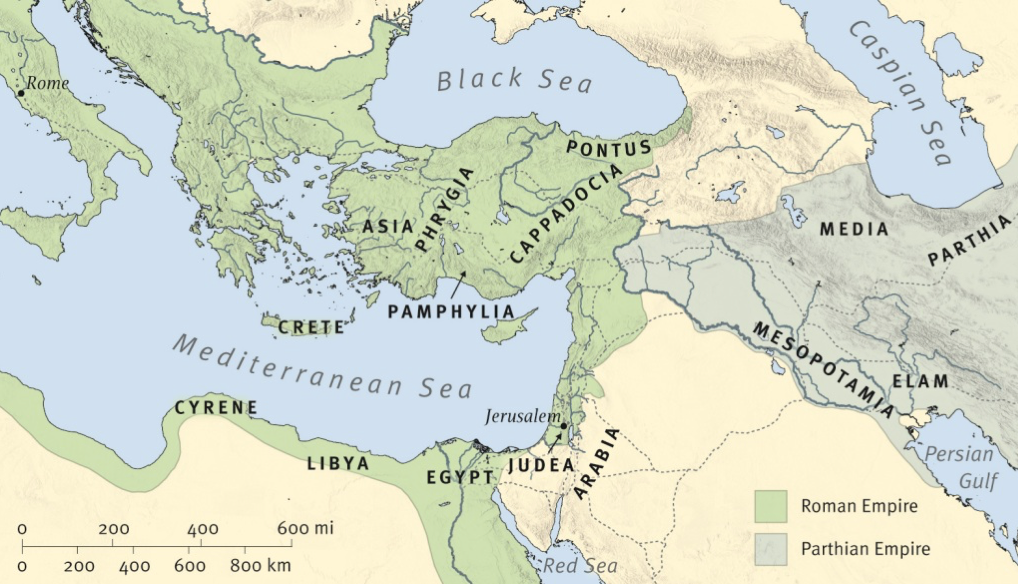Biblical geography is a crucial component in understanding the events and stories of the Bible. The physical landscape of the ancient Near East played a significant role in shaping the cultural, religious, and political context of the Bible, and studying these locations can reveal much about the world in which the biblical characters lived. In this article, we will explore the significance of biblical geography and its impact on the biblical text.
The land of Israel, for example, is a central location in the Bible, and its geography played a crucial role in the lives of the Israelites. The Jordan River was an important water source, while the hills and valleys of the land shaped the way the Israelites lived and fought. The cities of Jerusalem, Bethlehem, and Nazareth were significant in the life of Jesus and continue to be important places of pilgrimage for Christians.
The deserts of the Near East were also important locations in the Bible, as many of the Israelites' stories took place in these harsh and barren landscapes. The Sinai desert was the site of the Israelites' journey after their escape from Egypt, and the wilderness of Judea was the location of John the Baptist's ministry. The deserts were also a place of refuge for David, Elijah, and other biblical characters.
The Nile River and the cities of Egypt were also significant locations in the Bible. Egypt was the land of Joseph, where he became a powerful ruler and saved his family from famine. The Pharaohs of Egypt also played a significant role in the story of Moses and the Israelites' escape from slavery. The Nile River was a source of life for the ancient Egyptians, and the Nile delta was one of the most fertile regions in the ancient world.
The geography of the Bible is not just significant in terms of historical context, but also in terms of spiritual significance. The mountains, deserts, and rivers of the Near East were often seen as places of encounter with God. The mountains of Sinai and Zion were places of revelation, while the desert was a place of testing and purification. The Jordan River was a place of baptism, and the Sea of Galilee was the site of many of Jesus' miracles.
The significance of biblical geography cannot be overstated. The physical landscape of the ancient Near East played a crucial role in shaping the cultural, religious, and political context of the Bible, and studying these locations can reveal much about the world in which the biblical characters lived. By exploring the geography of the Bible, we can gain a deeper understanding of the stories and events of the Bible and the impact they have had on human history and spirituality.




